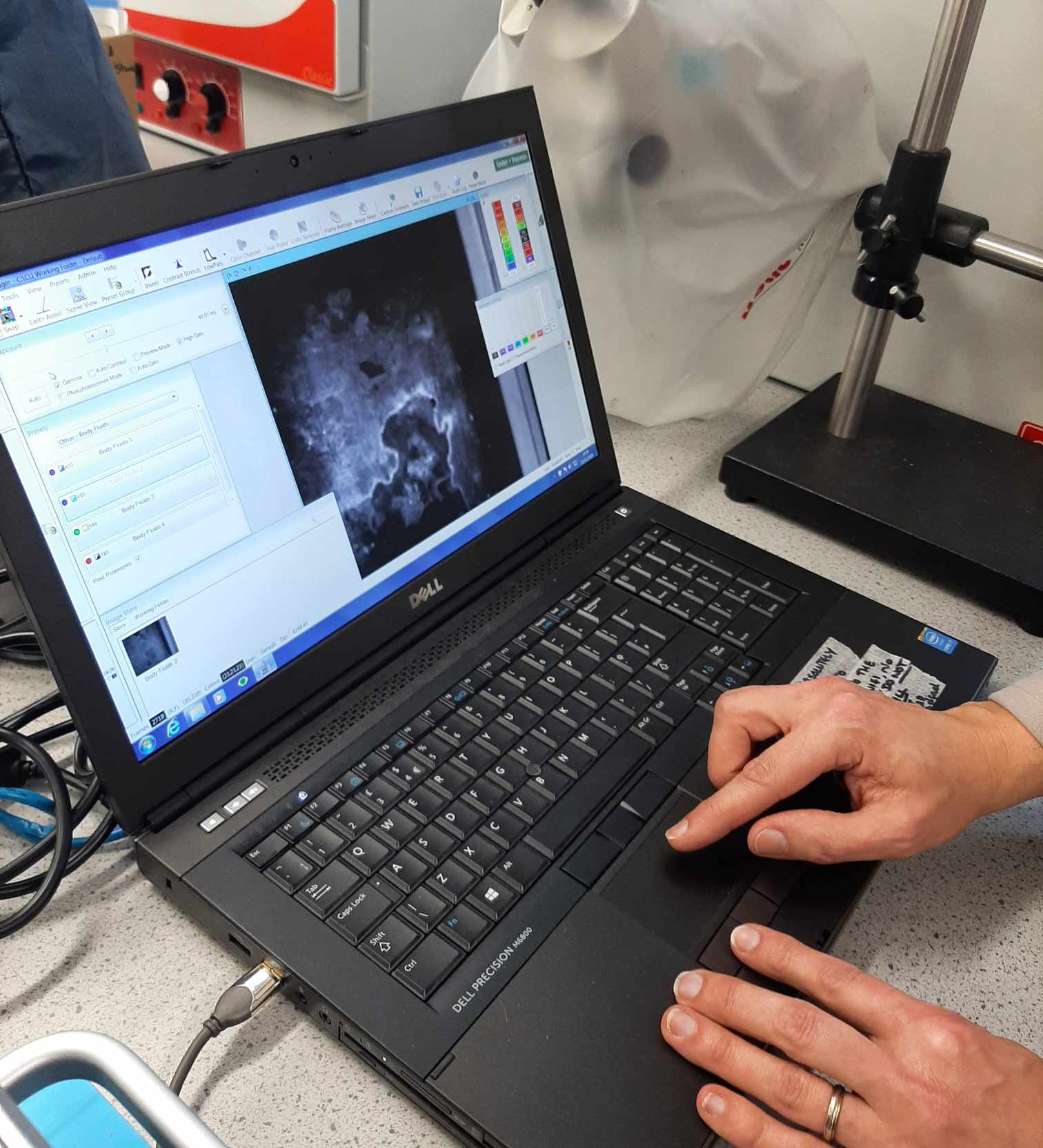The mystery of a 200-year-old bottle has been solved. It turns out, it wasn’t a vessel for booze, but a “witch bottle” filled with pee and a bunch of botanicals to ward off malevolent spirits.
ADVERTISEMENT GO AD FREE
The bottle, still intact with its original cork and filled with liquid, was unearthed at a building site in the seaside town of Cleethorpes in Lincolnshire, UK. The owner of the property passed it on to the University of Lincoln’s Conservation of Cultural Heritage department with two requests: to preserve the object, and to identify the liquid within the bottle without removing the cork.
It really is quite a fascinating and rare object.
Josephine McKenzie
“I received the email of inquiry about the bottle around a year ago, and I was keen to accept it in as a student project. We get numerous inquiries regarding some very varied objects, but we’d never accepted something quite like this before,” Josephine McKenzie, a Senior Technician for the Conservation of Cultural Heritage department, told IFLScience.
“It really is quite a fascinating and rare object,” McKenzie added.
The task was taken up by Zara Yeates, a third-year undergraduate student, who was immediately drawn to the strange artifact.
Witch bottles are part of a folk tradition from the 18th and 19th centuries that involves placing glass bottles in a house to talismans to ward off evil spirits. They’re most common in the UK, although the tradition was carried across the Atlantic to the US too.
ADVERTISEMENT GO AD FREE
In this part of the UK, the bottles often contain objects like small animal bones, iron nails, nail clippings, and other materials linked to superstition and the belief in sympathetic magic.

Multispectral imaging results of the mystery bottle.
Image courtesy of Josephine McKenzie
To determine if the bottle contained any of these symbolic materials, which would suggest it was a true witch bottle, Yeates conducted an X-ray of the relic. To her surprise, the bottle contained no large solid objects – primarily just liquid with small amounts of sediment.
This led Yeates and the team to speculate whether the object was in line with a similar tradition in East Anglia, a neighboring region of Lincolnshire, whereby witch bottles were filled with urine and botanicals, such as leaves, herbs, or flowers.
The use of XRF (X-ray fluorescence) analysis and multispectral imaging was able to confirm these suspicions: the bottle contained bodily fluid and small amounts of degraded plant material.
ADVERTISEMENT GO AD FREE
The most likely explanation is that the bottle was a witch bottle inspired by the traditions of nearby East Anglia. Alternatively, it may reflect a different practice common among sailors, where a bottle filled with urine was buried at their home as a superstitious measure to ensure a safe return from their voyages.
Yeates told the BBC that the builders who found the bottle thought it contained rum and were planning on drinking it – so, regardless of the bottle’s original function, it’s a good job they didn’t.
She reportedly said that this particular bottle shape was introduced in 1790 and its unevenness indicated it was hand-blown. Since the molds to make bottles were only introduced in 1840, this implies the bottle was crafted within this 50-year window around the beginning of the 19th century.
The mystery of the bottle is solved, but its adventure continues. After being further conserved by Yeates, the artifact will be on display at the University of Lincoln’s Conservation of Cultural Heritage final-year degree show in June 2025, before being returned to its owner (still filled with its historical pee).
Source Link: A Nasty And Fascinating Surprise Found In 200-Year-Old Bottle Presumed To Be Rum